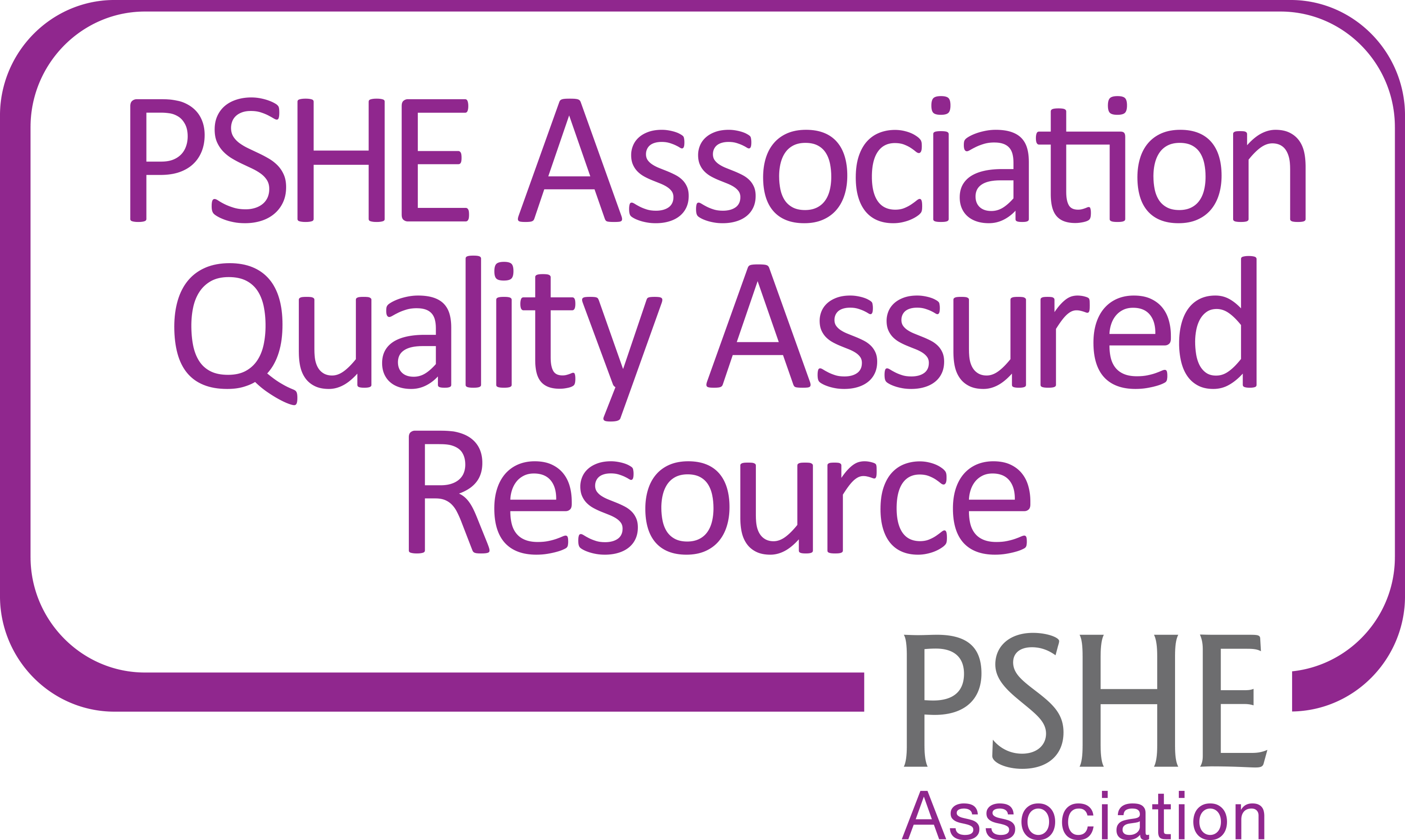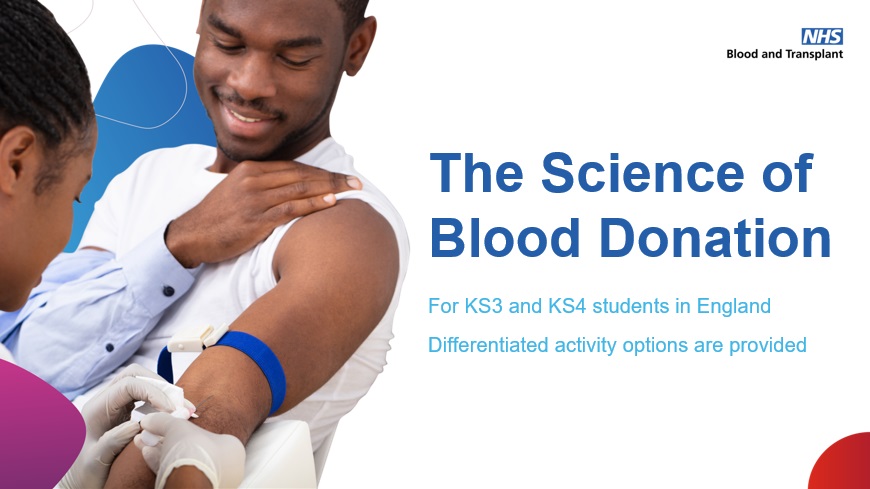The Science of Blood Donation: KS3 and KS4 lesson plan
Before you continue...
 This lesson covers a sensitive topic. It is essential that you read our guide to creating a safe learning environment document before delivering this session.
This lesson covers a sensitive topic. It is essential that you read our guide to creating a safe learning environment document before delivering this session.
Discover the curriculum science topic of blood and the circulatory system

Ages: KS3 and KS4 students (ages 11-16) in England
Subjects: Science / Biology
Aim: Developed in collaboration with Anthony Nolan and with the support of practising teachers, this lesson explores the curriculum science topic of blood and the circulatory system and how this links to the real-life concept of blood donation. Also includes optional extension activities covering organ donation. The accompanying video is featured below.
Curriculum links
This resource is linked to the national curriculum in England.
Biology
KS3
Blood cells as a specialised cell
The structure and functions of the human skeleton, to include support, protection, movement and making blood cells.
KS4
The relationship between the structure and functions of the human circulatory system (components and functions of blood as a transport system).
Body defences against pathogens and the role of the immune system against disease.
RSE
By the end of secondary school, pupils should "know about the science relating to blood, organ and stem cell donation".
Learning outcomes
After the lesson, students will be able to:
- Name some different blood groups and know that recipients can only receive blood from donors with compatible groups
(KS3 and KS4) - Explain how blood type compatibility is linked to the
role of antigens
(KS4) - Explain why NHSBT needs a constant supply of donors and an increase in donors from some groups
(KS3 and KS4) - Share ideas in your own words about the challenge of meeting the UK’s need for blood donations
(KS3 and KS4)
